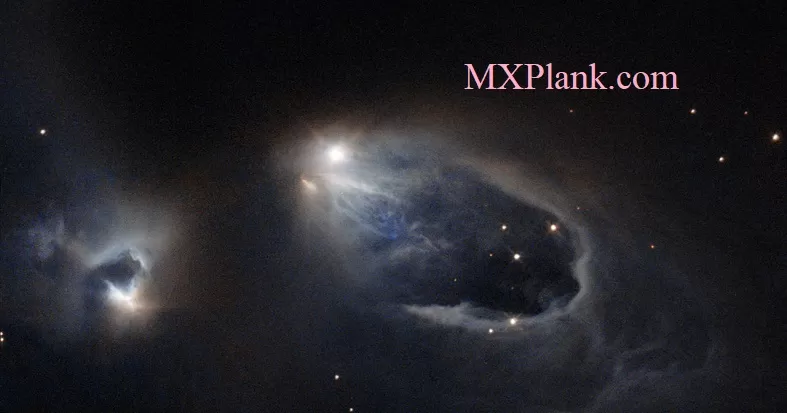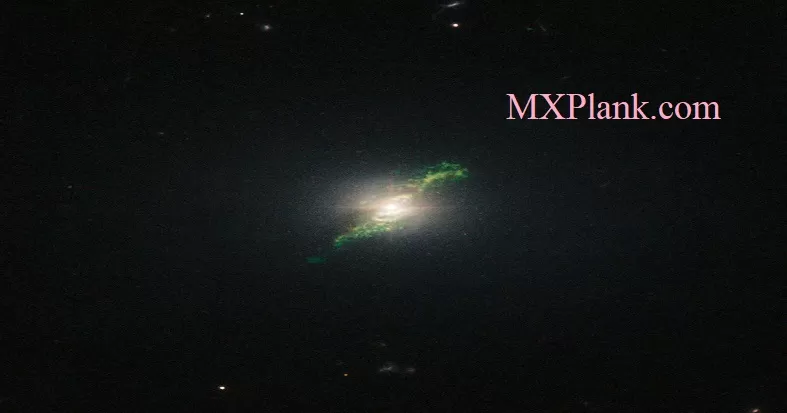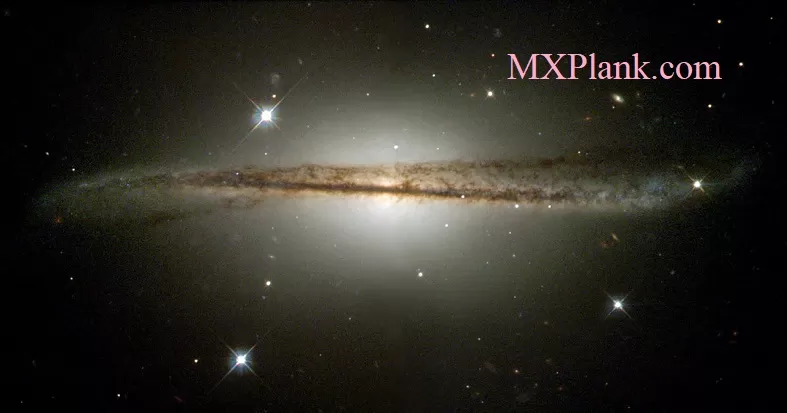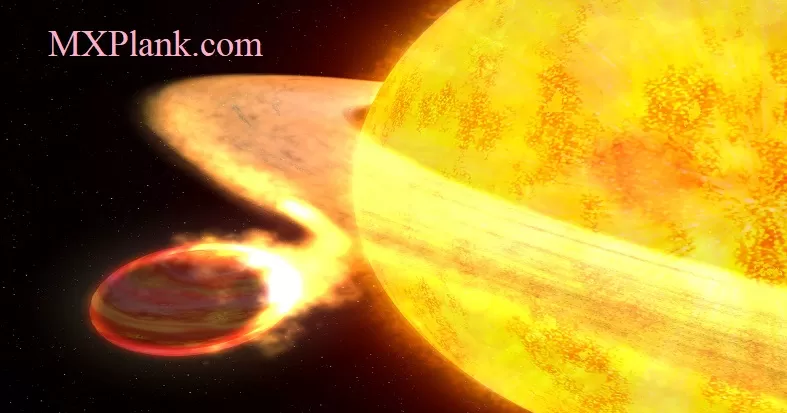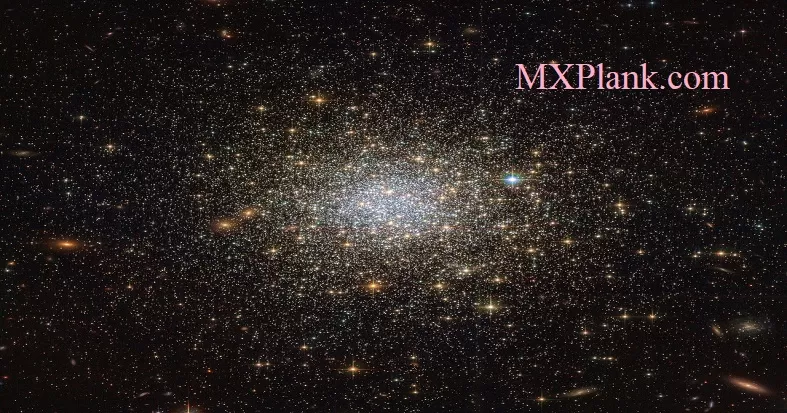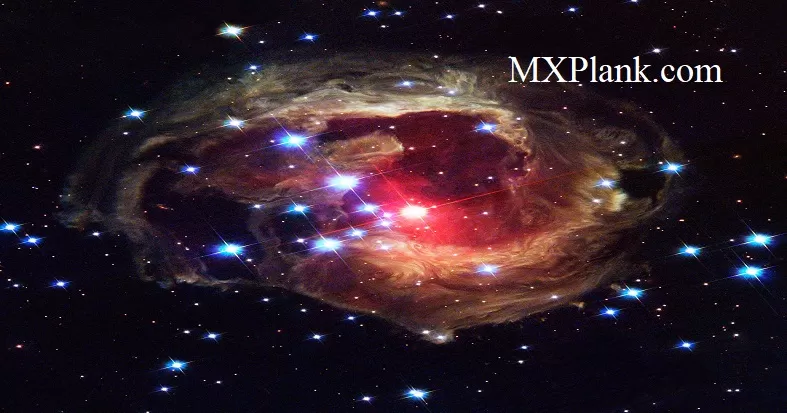Conjunction
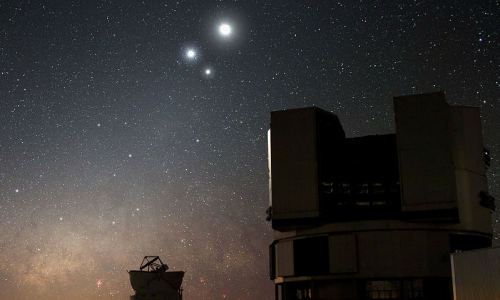
The Moon in conjunction with Venus and Jupiter, with the Very Large Telescope in the foreground. Image © Y. Beletsky, 2009.
A conjunction is an event when two or more astronomical bodies share the same right ascension.
In common parlance, the term is often also used to refer to any close groupings of objects. However, the technical term for such groupings is an appulse, which may or may not also be a conjunction.
As the Moon and planets move along the ecliptic at different speeds, they pass each other from time to time. In some cases this is extremely rare: Uranus and Neptune, for example, move very slowly, taking 84 and 165 years respectively to make a complete circuit through the constellations. As a result, conjunctions between the two planets only happen once every 171 years.
The Moon on the other hand moves much faster, and passes conjunction with every planet roughly once a month.
The planets are usually separated by no more than a few degrees when they are in conjunction. The planets all orbit the Sun in almost the same plane, which means that they all closely follow a common line across the sky – the ecliptic.
The Moon has a different orbital plane, however, and can deviate by up to 15° from the ecliptic. Thus, the Moon can be in conjunction with the planets without being at all close to them.
Credit:
NASA/ESA

